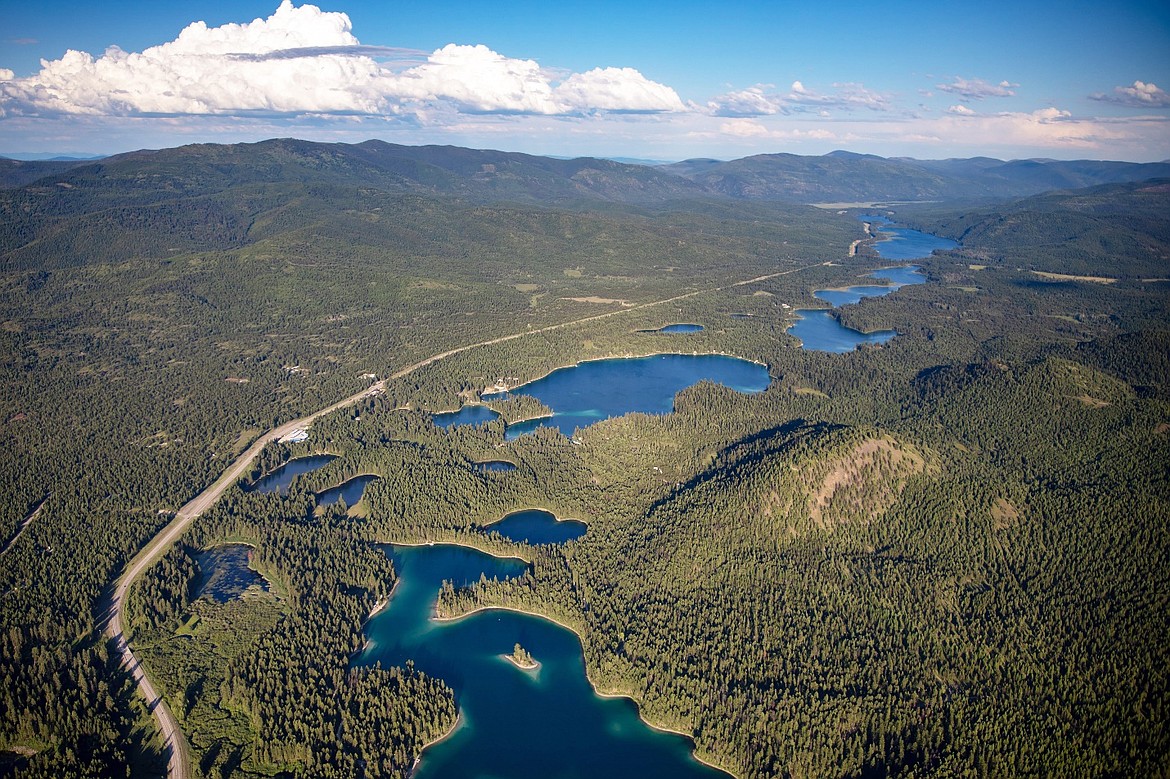FWP seeks comment on environmental assessment for habitat conservation leases
Montana Fish, Wildlife & Parks is looking to implement a new tool for private land habitat conservation to protect certain priority habitats that will benefit sensitive species, including sage grouse and grassland birds as well as many game species.
The Habitat Conservation Lease program potentially could protect up to 500,000 acres in the next five years...
Become a Subscriber!
You have read all of your free articles this month. Select a plan below to start your subscription today.
Already a subscriber? Login



